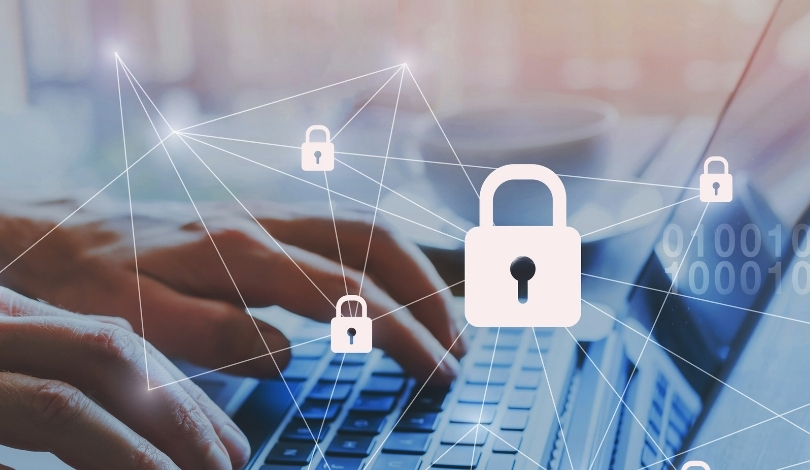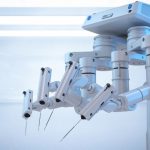As cyber attackers set their sights on vital American infrastructure, concerns are rising about increased threats against sectors ranging from healthcare to transportation. The need for teamwork between government entities and private companies becomes more urgent as malicious actors target digital networks that form the backbone of daily life. Discussions about balancing regulatory requirements and rapid threat response are intensifying, with policymakers seeking ways to streamline efforts without compromising security. Calls for renewed legislative support signal a pivotal moment for defining how the nation tackles the complexities of cybersecurity in the face of ever-evolving online dangers.
Assessments last year placed significant emphasis on foreign cyber threats but primarily focused on state-run campaigns from China and Russia. Compared to earlier debates, current dialogue stresses not only the rising volume of attacks—such as a reported 30 percent increase from 2023 to 2024—but also the burdens placed on U.S. businesses by complicated compliance standards. The evolving discussion now highlights the importance of workforce shortages, AI-related challenges, and the necessity for the Cybersecurity and Information Sharing Act of 2015 to remain effective. This approach represents a shift away from siloed solutions and toward integrated strategies between public and private sectors, with a growing consensus that decision-making cannot wait.
What Drives the Surge in Cyberattacks?
U.S. critical infrastructure remains a top target for groups such as Salt Typhoon and Volt Typhoon, both linked to the Chinese Communist Party. These organizations have engaged in intellectual property theft, surveillance, and infiltration of essential systems nationwide. Additional actors from Russia, Iran, and North Korea continually seek entry points to potentially disrupt services Americans rely on daily. Such increasingly sophisticated and widespread cyber intrusions underscore the necessity for a unified defense beyond federal agencies.
How Are Regulatory Hurdles Impacting Cyber Defense?
The ongoing expansion of cybersecurity regulations has led to concerns about resource allocation in both the private and public sectors. Reports indicate that chief information security officers in U.S. banks spend a significant portion of their time on compliance and regulatory management, sometimes to the detriment of active defense operations. The cost of data breaches continues to climb, with economic losses reaching $10 million in 2024, about twice the global average. Rep. Andrew Garbarino noted,
“Our cyber regulatory regime should incentivize meaningful security improvements and facilitate actionable information sharing. It cannot be designed in a way that drains resources or slows the ability of companies to respond to fast-moving threats.”
What Is Needed for Future Cyber Resilience?
To enhance the national cyber posture, experts point to greater investment in workforce development and artificial intelligence. An estimated gap of 500,000 skilled professionals currently exists, challenging the ability to defend essential networks. AI technologies can support detection, response, and analysis, but adversaries are also advancing in this area, emphasizing the need for balanced risk management in innovation. As legislative authorities such as the Cybersecurity and Information Sharing Act of 2015 approach renewal, there are renewed calls for robust public-private partnerships. Rep. Garbarino emphasized the importance of collaboration, stating,
“Making America cyber strong is not a challenge for one agency or one sector. It is a whole-of-society mission.”
Sustaining cyber resilience demands adaptive strategies, legislative support, and continuous cooperation between sectors. Critical infrastructure owners and operators seek clear, harmonized guidelines to focus on real-time network defense rather than excessive paperwork. Recognizing that state-level and industry action alone cannot keep pace with sophisticated threats, leaders highlight the value of coordinated information sharing, workforce expansion, and risk-aware AI deployment as practical ways forward for security professionals and businesses alike. Improved dialogue between Congress, CISA, and industry is expected to play a decisive role in shaping how America responds to today’s and tomorrow’s digital threats.
Clear recommendations for adjusting compliance standards and expanding the cyber workforce offer direct guidance to stakeholders facing cyber risks. Organizations looking to reduce regulatory burdens while staying protected should engage with policymakers and seek out collaborative frameworks that facilitate open threat information sharing. Leveraging AI will be essential, but it must be rooted in transparent policy and security considerations to guard against misuse. As critical infrastructure faces growing attacks and public trust becomes harder to maintain, only sustained, joint action between government and the private sector stands a chance to keep vital systems secure. Practical improvements—such as reducing duplicative regulations and supporting timely knowledge exchange—remain central to any successful cybersecurity strategy in this climate of heightened threats.










